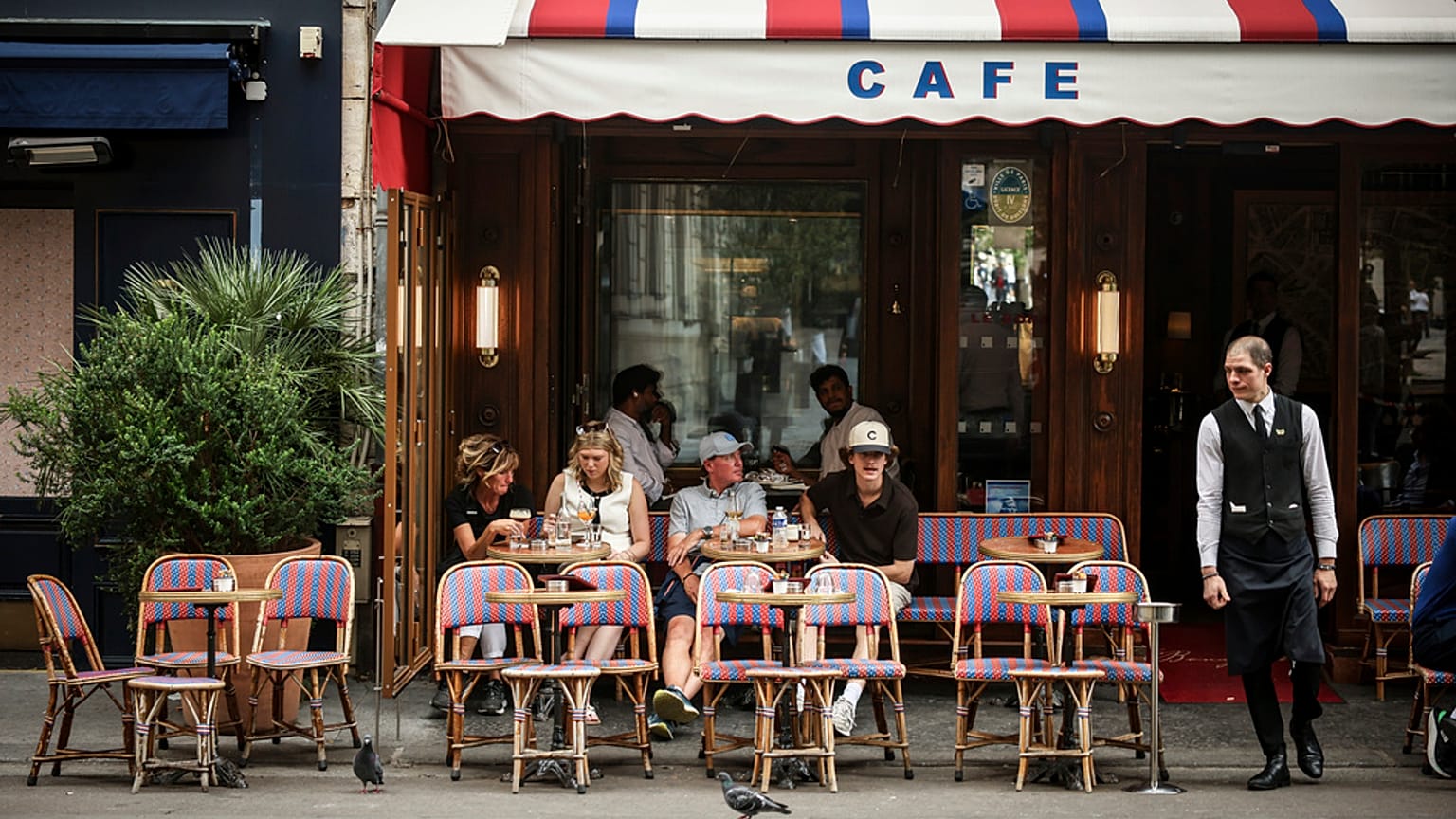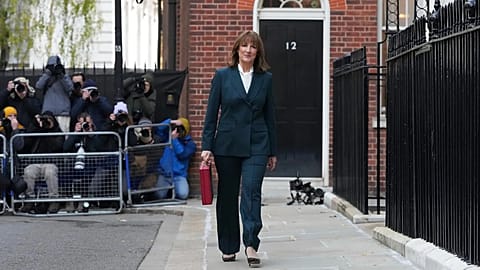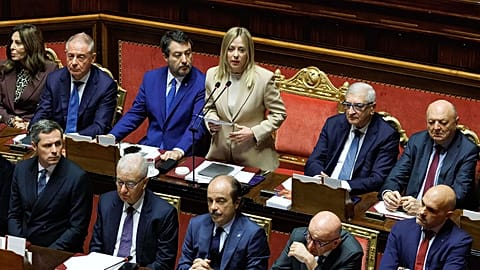Inflation figures from some of the biggest eurozone economies, including France, Spain, and Italy, show no immediate threat of price hikes. However, German inflation figures came in unexpectedly high.
Inflation figures from the eurozone's major economies paint a mixed picture of the bloc's price prospects. In Germany, the region's biggest economy, the inflation rate unexpectedly rose to the highest level in nine months.
Mainly driven by food prices, as energy prices fell modestly, EU-harmonised inflation in Germany was 2.6% higher in November compared with the previous year, after inflation hit 2.3% in October of 2025. This is according to preliminary results from the Federal Statistical Office (Destatis).
Month-on-month, the harmonised inflation rate showed that German prices fell by 0.5% in November, from a 0.3% rise in October.
French prices are slow to rise
Elsewhere, it appears that Europe's price pressure is cooling following the region's post-pandemic cost-of-living crisis. Preliminary data released on Friday suggests French inflation remains subdued. According to flash estimates from INSEE, the country’s EU-harmonised price index is projected to rise by 0.8% year-on-year in November, unchanged from the previous month and down from 1.7% a year earlier.
Economists had expected a stronger increase of 1%.
The stable reading reflects contrasting movements across spending categories: a slowdown in service prices, driven down by communication services, and a more pronounced decrease in manufactured goods prices, offset by a smaller decline in energy prices and a slight acceleration in food prices.
Month-over-month, French prices fell by 0.2% in November, after a 0.1% increase in October. The consensus forecast had pointed to no change.
The decline was driven by lower service prices, particularly in transport and communications, and to a lesser extent by cheaper manufactured goods. Energy prices are expected to rebound, led by petrol products, while tobacco prices are projected to edge higher. Food prices are expected to remain broadly stable.
Inflation in Italy
The EU’s third-largest economy showed a similar pattern. Italy’s harmonised index of consumer prices fell by 0.2% in November, matching October’s decline, according to preliminary figures from the national statistics agency ISTAT.
Annual inflation eased to 1.1% from 1.3% in the previous month, which is its lowest level since October 2024.
Italian inflation remained low as falling energy prices and softer services inflation offset modest rises elsewhere. The largest downward pressures came from steep declines in regulated energy and communication services, alongside slower increases in transport and recreational services.
Only a few categories — mainly processed food and some unregulated energy products — added mild upward pressure.
Spanish prices are on the rise
Spain, the eurozone’s fourth-largest economy, recorded somewhat stronger price pressures. The EU-harmonised index of consumer prices was flat in November following a 0.5% rise in October, defying expectations of a 0.2% monthly fall, according to preliminary data from the National Statistics Institute.
However, annual inflation came in higher than expected. The harmonised rate eased to 3.1% from 3.2% in October, compared with a forecast of 2.9%. Price rises for food, transport and other non-energy goods continued to drive inflation.
Friday’s figures from the eurozone’s major economies will inform the European Central Bank ahead of its meeting in December. The ECB is not expected to cut its key interest rate from the current 2%, with policymakers judging that medium-term inflation targets are broadly being met.
Eurozone inflation stood at 2.1% in October, slightly above the ECB’s 2% target, reinforcing the bank’s view that price pressures are largely under control after the surge to double-digit highs caused by post-pandemic supply shocks and the energy crisis triggered by Russia’s invasion of Ukraine.
Meanwhile, inflation expectations have edged higher. According to a new ECB survey published on Friday, median consumer inflation expectations for the next year rose to 2.8% in October from 2.7% in September. Expectations for three years ahead were unchanged at 2.5%, while five-year-ahead expectations remained steady at 2.2%.


















